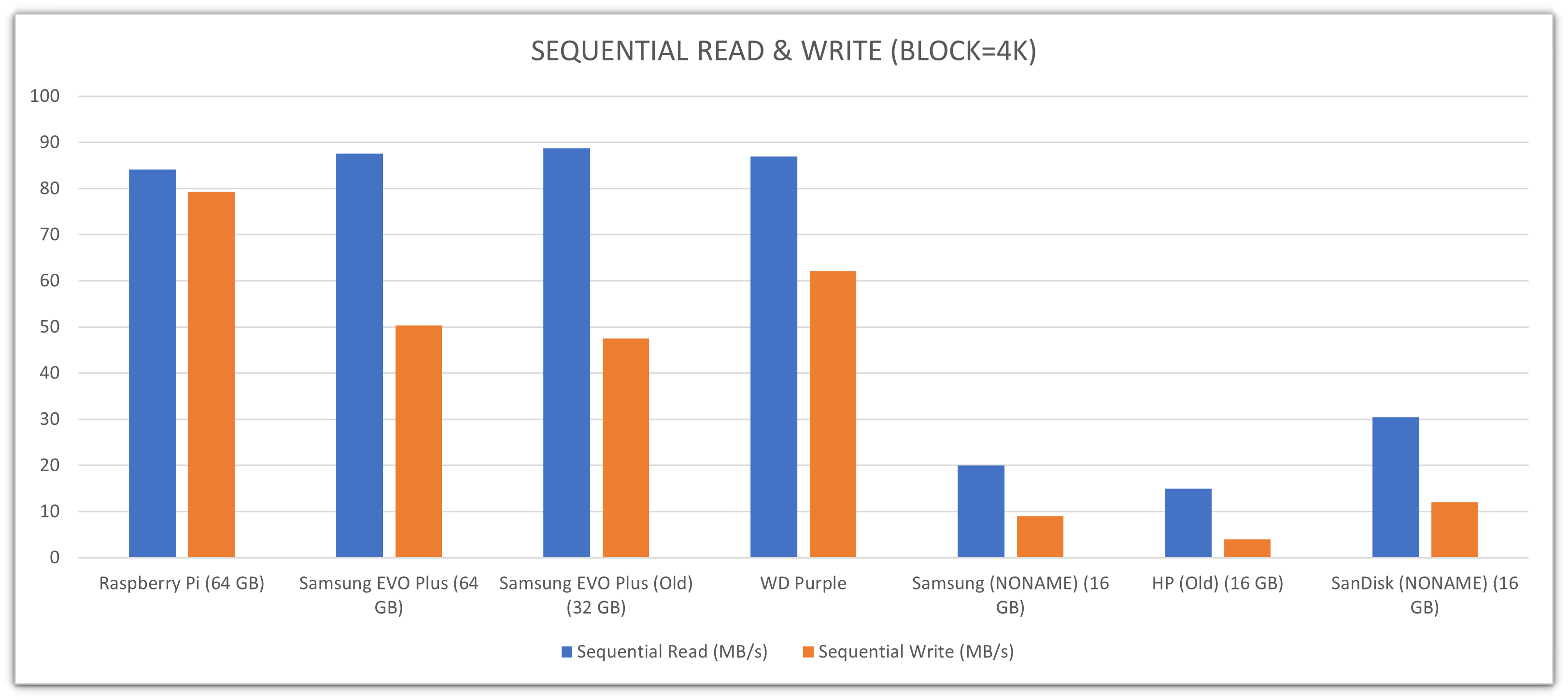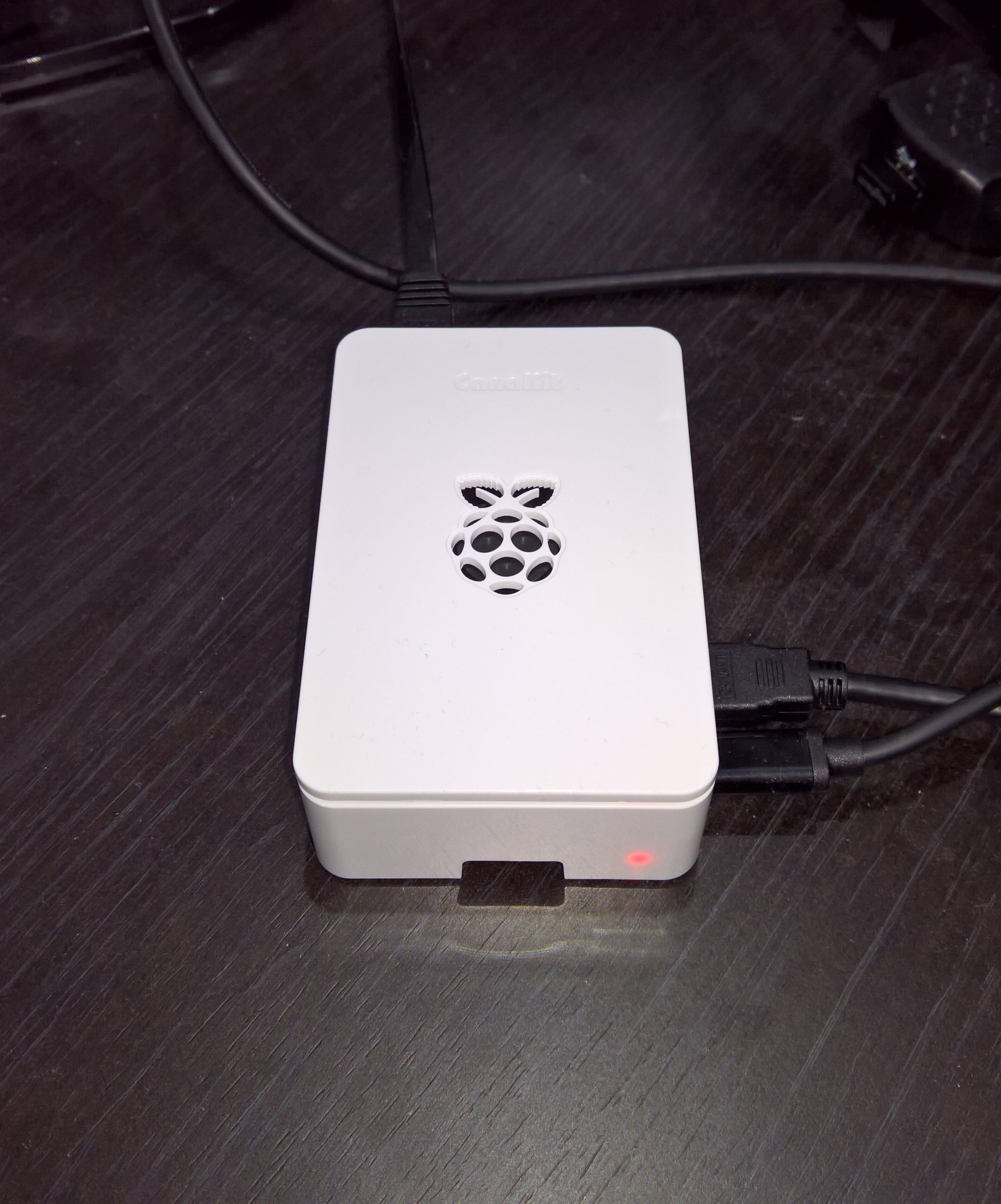How To Remote Monitor Raspberry Pi SD Card For Free: A Comprehensive Guide
Remote monitoring your Raspberry Pi’s SD card can be a game-changer for hobbyists and professionals alike. Whether you’re running a home automation setup or managing a fleet of Pis in remote locations, keeping tabs on your SD card health is essential. In this guide, we’ll walk you through everything you need to know about remote monitoring your Raspberry Pi SD card for free—no expensive tools required.
Let’s face it, Raspberry Pi is like the Swiss Army knife of tech. It’s compact, versatile, and downright awesome. But with all its capabilities, one thing often slips under the radar—keeping your SD card in check. Think of the SD card as the heart of your Pi. If it fails, your project goes down with it. That’s why remote monitoring is not just useful—it’s necessary.
This guide isn’t just about theory; it’s packed with practical steps, insider tips, and actionable advice. By the end of it, you’ll be equipped to monitor your Raspberry Pi SD card like a pro, ensuring your projects stay up and running without a hitch. So buckle up, because we’re diving deep into the world of remote monitoring—and trust me, it’s gonna be epic.
- Alert Is The Ramen Noodle Recall Real Safety Tips Inside
- Discover The Untold Story Of Jon Sedas Rise To Fame
Table of Contents
- Why Remote Monitor Raspberry Pi SD Card?
- Tools You’ll Need
- Setting Up SSH Access
- Installing Free Monitoring Tools
- Checking Disk Health
- Automating Health Checks
- Remote Access Solutions
- Optimizing SD Card Performance
- Troubleshooting Tips
- Conclusion
Why Remote Monitor Raspberry Pi SD Card?
Alright, let’s get real for a sec. Your Raspberry Pi’s SD card is more than just storage—it’s the backbone of your entire setup. If it crashes, so does your project. Remote monitoring gives you the power to catch issues before they become disasters. You can track things like disk usage, temperature, and error logs without having to physically touch the device. It’s like giving your Pi a virtual check-up.
Prevent Data Loss
Ever had that sinking feeling when your Pi suddenly stops working? Chances are, it’s related to the SD card. By monitoring it remotely, you can spot signs of wear and tear early on. This way, you can back up your data and replace the card before it fails completely.
Stay in Control
Imagine running a home security system or a weather station with your Pi. If something goes wrong, you want to know about it ASAP. Remote monitoring lets you keep an eye on things even when you’re miles away. It’s like having a virtual assistant for your tech.
- Noodle Recall What You Need To Know Safety Tips
- Prudence Murdoch From Media Heiress To Philanthropic Leader Unveiled
Tools You’ll Need
Before we dive into the nitty-gritty, let’s talk about the tools you’ll need. Don’t worry, most of them are free and easy to set up. Here’s what’s on the list:
- Raspberry Pi (duh)
- An SD card (obviously)
- SSH access (we’ll cover this later)
- Monitoring software like
df,smartctl, andhtop - A laptop or PC to access your Pi remotely
Oh, and a bit of patience. You’re about to become a remote monitoring ninja, but it takes some practice to get the hang of it.
Setting Up SSH Access
SSH (Secure Shell) is your ticket to accessing your Pi remotely. It’s like a secret tunnel that lets you control your Pi from anywhere. Here’s how to set it up:
- Enable SSH on your Pi by going to
Raspberry Pi Configuration > Interfaces > SSH. - Take note of your Pi’s IP address. You can find it by typing
ifconfigin the terminal. - On your laptop or PC, use an SSH client like PuTTY (Windows) or Terminal (Mac/Linux).
- Connect to your Pi by typing
ssh pi@and entering the password.
Boom. You’re now connected to your Pi remotely. Wasn’t that easy?
Installing Free Monitoring Tools
Now that you’ve got SSH access, it’s time to install some monitoring tools. These bad boys will help you keep tabs on your SD card’s health:
df
df is a simple yet powerful tool for checking disk usage. Run df -h in the terminal to see how much space is left on your SD card. It’s like checking your phone’s storage, but for your Pi.
smartctl
smartctl gives you detailed info about your SD card’s health. To install it, type sudo apt-get install smartmontools. Then, run sudo smartctl -a /dev/mmcblk0 to get a full report. Look out for things like read errors and bad sectors.
htop
htop is a fancy version of the top command. It shows you real-time info about your Pi’s CPU, memory, and disk usage. Install it with sudo apt-get install htop and fire it up with htop.
Checking Disk Health
Alright, let’s put those tools to work. Here’s how to check your SD card’s health:
- Run
df -hto see how much space is left. - Use
smartctlto check for errors and wear levels. - Monitor temperature with
vcgencmd measure_temp. Overheating can damage your SD card.
If you notice anything suspicious, like high error rates or low space, it’s time to take action. Back up your data and consider replacing the card.
Automating Health Checks
Who has time to manually check their SD card every day? Automate those checks with a simple script:
Create a file called check_sd_card.sh and add the following:
#!/bin/bash
df -h
smartctl -a /dev/mmcblk0
vcgencmd measure_temp
Make it executable with chmod +x check_sd_card.sh. Then, schedule it to run daily using cron. Type crontab -e and add:
0 0 * * * /path/to/check_sd_card.sh > /path/to/logfile.log
Now you’ll have a daily log of your SD card’s health. Easy peasy.
Remote Access Solutions
SSH isn’t the only way to access your Pi remotely. Here are a few other options:
VNC Viewer
VNC Viewer lets you see your Pi’s desktop remotely. It’s perfect if you need to interact with the GUI. Just install tightvncserver on your Pi and connect from your laptop.
TeamViewer
TeamViewer is another great option. It’s super easy to set up and works across platforms. Just install it on your Pi and laptop, and you’re good to go.
Optimizing SD Card Performance
Want to keep your SD card running smoothly? Here are a few tips:
- Use a high-quality SD card. Cheap ones wear out faster.
- Regularly back up your data to an external drive.
- Minimize write operations by disabling unnecessary logging.
- Consider using a USB SSD for heavy workloads.
These small changes can make a big difference in your SD card’s lifespan.
Troubleshooting Tips
Even with all the monitoring in the world, things can still go wrong. Here’s what to do if your SD card acts up:
- Check for loose connections and reseat the card.
- Run
fsckto repair file system errors. - Replace the card if it’s showing signs of wear.
And remember, prevention is always better than cure. Keep those checks regular and your Pi will thank you.
Conclusion
Remote monitoring your Raspberry Pi’s SD card might sound intimidating, but with the right tools and a bit of know-how, it’s totally doable. From setting up SSH to automating health checks, this guide has given you everything you need to keep your Pi running smoothly.
So what are you waiting for? Grab your Pi, fire up the terminal, and start monitoring. And don’t forget to share this guide with your fellow Pi enthusiasts. Together, we can keep those projects up and running for years to come. Happy monitoring! 🚀
- Why Healthcare Investments Matter 5starsstocks Guide
- Urgent Warning Listeria Outbreak Ramen Stay Safe

I Tested the Official Raspberry Pi Card, Here're My Findings

official Raspberry Pi Class A2 SD Card, Compatible With microSDHC

Raspberry Pi Sd Card Copier Could Not Write To Destination